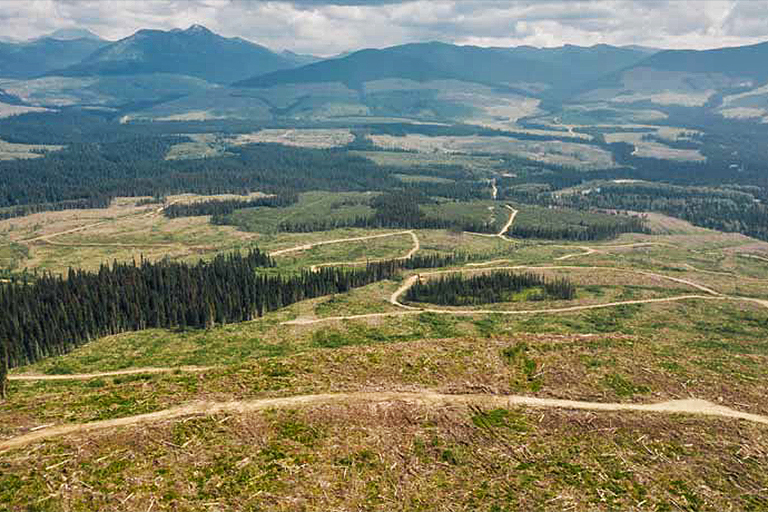
In summer of 2021, during a trip to the Pacific Northwest, I had hoped to continue my coverage of British Columbia’s at-risk old growth forests. But Covid-19 restrictions kept me from entering Canada. In July 2022, with the border re-opened, I was able to report this story from the field in Vancouver Island’s wooded and extensively harvested remote outback.
What I observed was both staggering and disheartening — large blocks of old-growth forests that should have been protected from logging, given a policy promise in 2020 by BC’s majority party, were being clearcut throughout southern Vancouver Island. Logging rushed to take down ancient giants while they still could. Torrance Coste, a BC forest campaigner, was my tour guide that day, taking me to settings of environmental degradation and decimation that few BC residents, let alone legislators, ever seen. They should. Torrance is also seen in a short video embedded in the story in which he explains the difference between native forests designed by nature and monoculture tree farms planted by logging companies.
The story is thorough and nuanced with politics, environmental science and the treatment of Indigenous peoples overlapping; I appreciate my editor Glenn Scherer giving me the space I needed to tell the full story. As a key source told me in the BC capital of Victoria:
“Certain politicians say, ‘Canada is just 1% of global emissions; it doesn’t matter what we do. But if we protect our at-risk old growth, we can be 10% of the global solution. Why don’t we want to be the beacon of what’s possible? Wouldn’t that be nice?”


